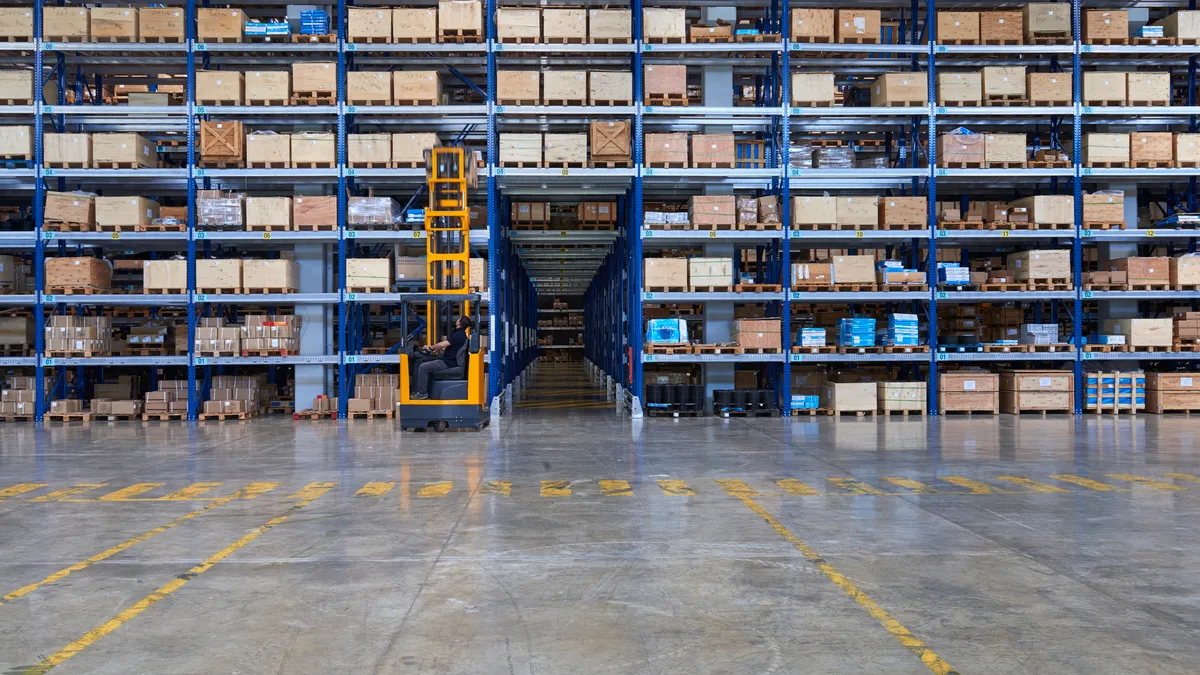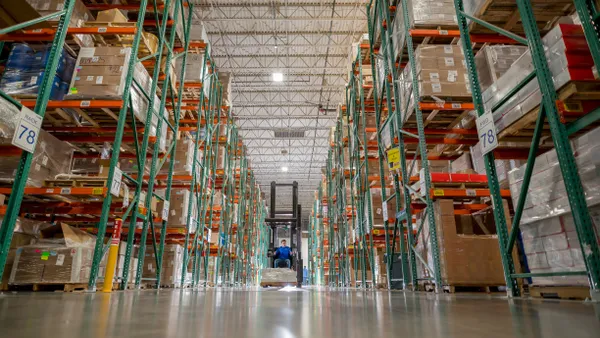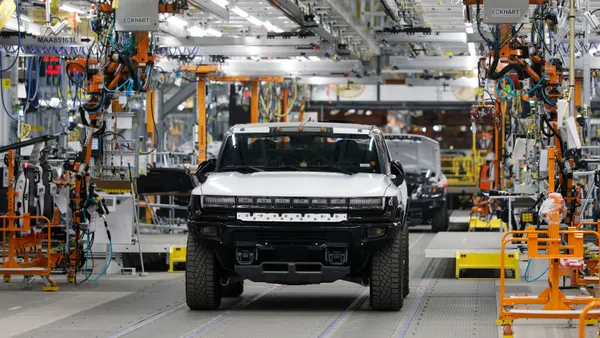Dive Brief:
- More than 2,000 new establishments classified as either warehouse or storage have been added to the U.S. market since 2008, according to numbers from the Bureau of Labor Statistics (BLS).
- This growth has not been enough to keep pace with the increase in demand for these types of industrial real estate spaces. Demand has outpaced supply of warehouse space since 2010, according to CBRE.
- The location companies want to build these new logistics facilities is typically dense and urban, which complicates the process and slows development, David Egan, CBRE's head of industrial and logistics research, told Supply Chain Dive in an interview.
Dive Insight:
The trend toward online shopping is driving this need for more warehouse space. Retail sales made online in the third quarter of 2018 totaled more than $130 billion, representing an increase of 14.5% from the same quarter in 2017, according to the Department of Commerce. Forrester Research expects the annual total for online retail sales to surpass $712 billion by 2022, according to Retail Dive.
"We’ve got a consumption culture that is consuming more than it ever has before," Egan said. "And so the stuff that we’re consuming — food and durable good and all the stuff we buy — it ends up in warehouses along the way" and often will make multiple stops in multiple warehouses along the way.
Before the recession hit in 2008, there was an uptick in new warehouse construction. The recession then led to companies vacating industrial real estate. When the recovery from the recession began, there wasn't much need to build new warehousing — plenty was empty and much of it was new. This empty space was quickly filled after the recession and new construction picked up again after 2013, Egan said.
The market is now producing a "healthy amount of construction," according to Egan, but there are still issues developers face in building their new warehouses.
One problem is location. The promise of one-day and same-day delivery means companies need warehouse space where the people are, in dense urban areas such as Los Angeles, San Francisco and New Jersey. Land in these areas is hard to come by and expensive when you can find it, Egan said.
"A lot of these buildings are really endeavoring to build closer to where people live because the idea is to develop very quick, fast reacting supply chains that can deliver stuff quickly to all of us consumers," he said.
Which makes the second problem — money — even more of an issue. Since the recession, banks have been loaning less money and providing more scrutiny to the projects they do approve, Egan said.
One of the biggest headaches that comes with building in an urban area, though, is the entitlements process. Studies have to be done to see how a new building will impact traffic, sewer and the electric grid. This, Egan said, can add months to the development process.













